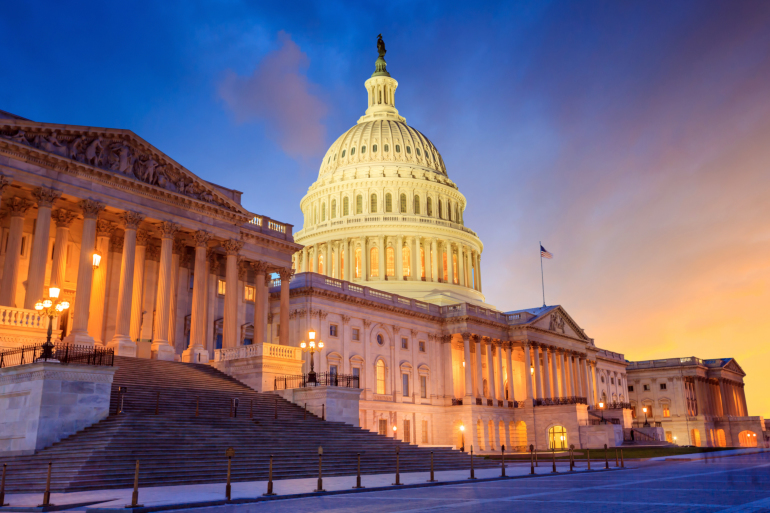Legal Update
Jul 20, 2021
Paycheck Protection Program: Loan Forgiveness Deadlines Approaching
Sign Up for our COVID-19 Mailing List.
Visit our Beyond COVID-19 Resource Center.
The Paycheck Protection Program (PPP) loan forgiveness deadlines are quickly approaching. In order to avoid making unnecessary PPP loan payments, borrowers must submit loan forgiveness applications to their lenders within 10 months from the end of their respective covered periods. This means that borrowers receiving PPP loans in the initial tranche in early- to mid-April 2020 will have due dates beginning in July 2021. If a loan forgiveness application is received by the due date, payments are deferred until a decision on the forgiveness application is made by the lender and the Small Business Administration (SBA).
In December 2020, the SBA began requiring borrowers of more than $2 million to submit a loan necessity questionnaire in connection with the application for loan forgiveness. Many borrowers found these questionnaires to be intimidating, burdensome, and intrusive.
Significantly, the SBA has officially eliminated the loan necessity forms and review for PPP loans of $2 million or greater in a notice sent out on July 9, 2021. In this notice, the SBA said it would no longer request either version of the loan necessity questionnaire (SBA form 3509 for for-profit borrowers and SBA Form 3510 for not-for-profit borrowers). Also, loan necessity questionnaires previously requested are no longer required to be submitted. For PPP loans with an open request for additional documentation related to the loan necessity questionnaire, the SBA advised lenders to close the request and submit the loan back to the SBA.
Thus, to apply for loan forgiveness, the SBA Form 3508, SBA Form 3508EZ, or SBA Form 3508S (or a lender equivalent) must be completed and submitted to the lender, together with supporting documentation. Although the SBA eliminated the loan necessity questionnaire, it did not eliminate the need for borrowers requesting forgiveness of a PPP loan to document the use of loan proceeds.
For payroll, documentation should be provided for payroll periods that overlapped with the covered period. This would include bank statements or third party payroll service provider reports documenting the amount of cash compensation paid to employees. It could also include payroll tax reported, or that will be reported, to the IRS (typically Form 941) and state quarterly employee wage reporting and unemployment insurance tax filings reported, or that will be reported, to the relevant states.
Wages may not be taken into account when calculating eligible payroll costs for loan forgiveness to the extent they are qualified wages paid during April 1, 2020 through December 31, 2021 that are taken into account for purposes of claiming the Employee Retention Credit under Section 2301 of the CARES Act.
Documentation of forgivable non-payroll costs should also be included. For example, lender amortization schedules and receipts verifying payments, or lender account statements, can document business mortgage interest payments. Similarly, copies of leases and receipts or cancelled checks can verify rent expenses. Similar documentation can confirm utility payments, eligible operations expenditures, eligible supplier costs, and eligible worker protection measures.
The loan forgiveness application and supporting documentation must be submitted to the PPP lender, usually via an online portal. It is critical for borrowers to follow up with their lender promptly regarding requests for additional documentation, and to communicate with their lender throughout the loan forgiveness process.
The SBA still has the right to undertake a review of the PPP loan and the forgiveness decision by the lender. If it does so, the lender will provide the borrower notification of the SBA review, and any subsequent SBA review decision. Borrowers have the right to appeal certain SBA review decisions.
In summary, the PPP loan forgiveness deadlines are quickly approaching, but the process has recently been made simpler by elimination of the loan necessity questionnaire previously in place for PPP loans of $2 million or greater. Despite elimination of the necessity questionnaire, the SBA has not eliminated its review of loan necessity.
PPP borrowers are urged to submit their loan forgiveness application and supporting documentation within 10 months of the last day of the covered period in order to obtain deferral of PPP loan payments and ultimately loan forgiveness.



